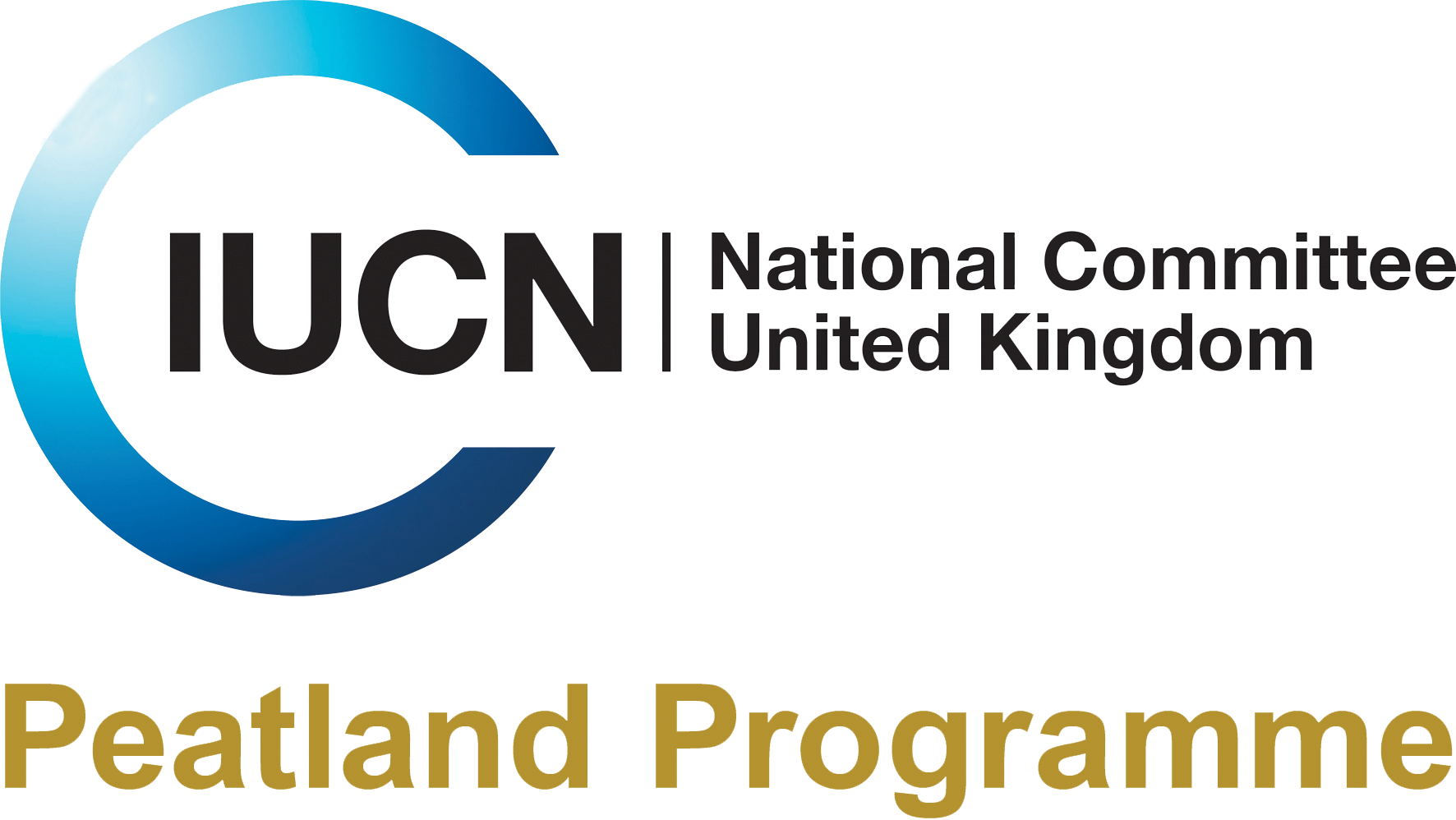Search
Search
Eyes on the Bog monitoring at the Water Works project
A new set of monitoring equipment has been installed at the Water Works project site in East Anglia, by our Eyes on the Bog Champion, Jack Clough of the University of East London.
200 Projects for the Peatland Code
The IUCN UK Peatland Progamme have today marked a landmark milestone for projects registering for the Peatland Code.
WaterLANDS: New European Green Deal project launched to lead largescale restoration of European wetlands
An ambitious project has been launched to tackle largescale restoration of Europe’s wetlands, with €23 million of funding from the EU Horizon 2020 Programme Green Deal.
An update on the Peatland Code
The Peatland Code continues to grow rapidly with 79 projects now registered and 10,300 ha of expected peatland restoration.
My project
Craig gives up his time volunteering in the Bluebell Community Garden. Transforming the garden into a positive space for local people to enjoy, Craig has felt himself become relaxed and happier,…
Peatland Code Registering a Project
Flame shell
It's easy to see where this stunning bivalve got its name from - the bright orange tentacles emerging from the shell really do look like flames!
Scottish Wildlife Trust new report on the state of Scotland's raised bogs
Findings from SWT survey during 2010/11 of 58 Scottish lowland raised bogs and analysis of change since 1994/1995 reinforce the need for active restoration to counteract past damage and to bring…
100 Project Milestone for the Peatland Code
The IUCN UK Peatland Progamme have today marked a landmark milestone for projects registering for the Peatland Code.
Moors for the Future Partnership presents: Blanket bogs are worth protecting video series
Moors for the Future Partnership has developed five videos to help people understand the multiple benefits of healthy blanket bogs in the Peak District, South Pennines and beyond.
Working Towards a Peat Data Standard
The England Peat Map project is mapping the extent, depth and condition of England’s peat. The Data Exchange Standard for Peat Surveys has now been issued, and Natural England continue to welcome…
